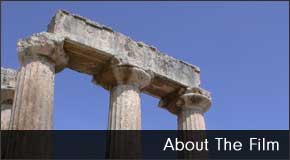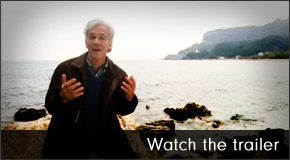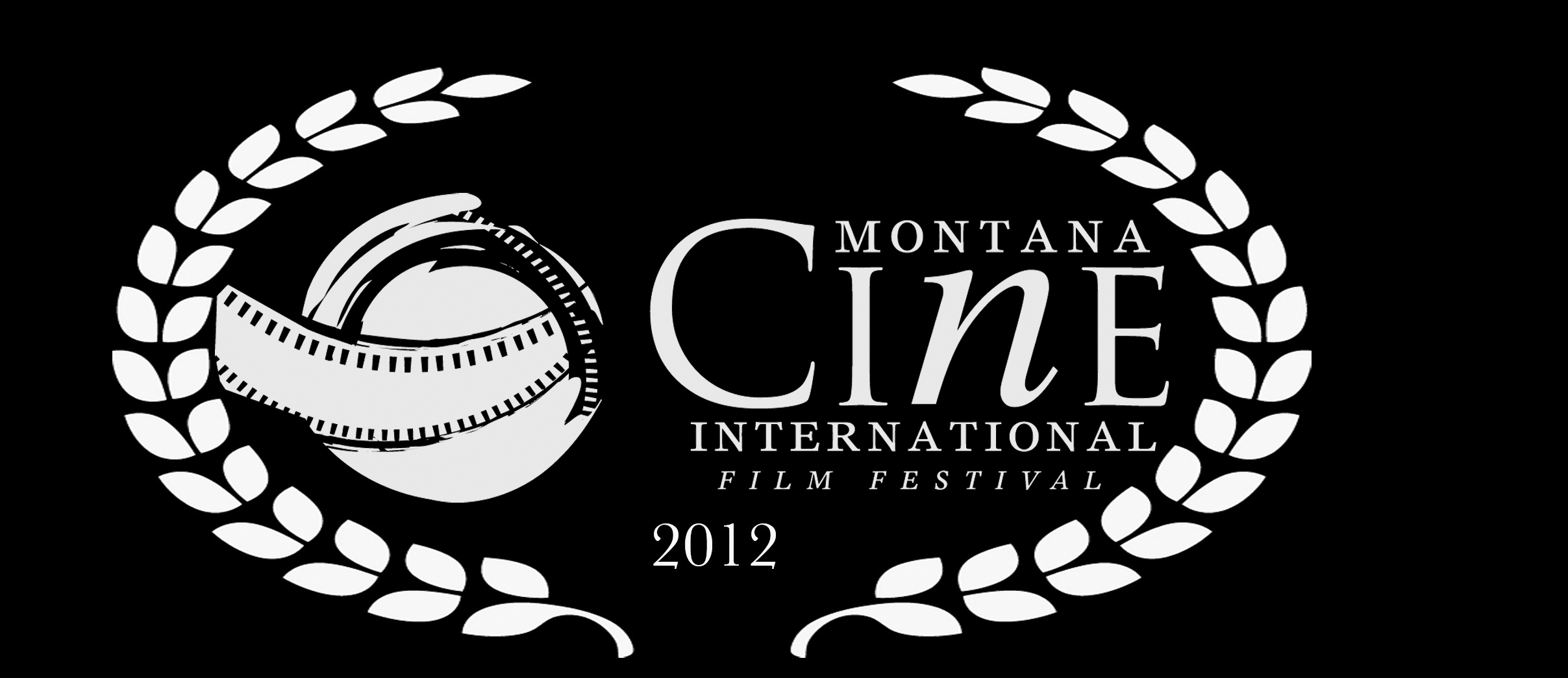Representatives of Abrahamic traditions respond to ‘Journey’
B
June 27, 2013
http://chqdaily.com/2013/06/27/representatives-of-abrahamic-traditions-respond-to-journey/
At Wednesday’s Interfaith Lecture, three scholars, each representing Judaism, Christianity or Islam, responded to the film “Journey of the Universe.” The film was co-produced by Mary Evelyn Tucker and John Grim, both of whom lectured on the film earlier this week. Its goal was to integrate cutting-edge science with the wisdom traditions of the world to inspire a renewed relationship with the earth.
Rabbi Lawrence Troster presented the Jewish response to the film; Heather Eaton, the Christian response; and Safei-Eldin Hamed, the Muslim response.
Rabbi Lawrence Troster
Troster, a leading eco-theologian and GreenFaith Fellowship Program’s rabbinic scholar in residence, began by explaining how Jews have traditionally put themselves at the center of the universe. He paraphrased the 1914 play The Dybbuk, in which a rabbi described the sacred hierarchy of the world:
“No place was holier than the Holy of Holies in the Temple in Jerusalem; no person was holier than the High Priest of the Jewish tribe of Levi; and no word was holier than the name of God.”
Troster said that modern humans need to ask themselves, “How can we maintain these ideas in light of what modern science has shown us — and what ‘Journey’ has shown us?”
Modern cosmology has shown that the universe has no center. Earth has no privileged place in space or in the galaxy. Humans, in the biological sense, are also not exceptional; studies in the genetic relationships between different groups of people and between humans and other organisms have not yielded fundamental differences.
“Modern science has led, as it says in ‘Journey of the Universe,’ to a series of decenterings about our place in the cosmos,” Troster said.
Troster believes that by incorporating new ideas of what is sacred and by taking modern science more seriously, new creation theologies can be constructed. These theologies can then determine environmental ethics’ place in religion.
“One of the things that I’ve learned is that creation theology is not just invented out of the blue,” Troster said. “It does come out of a deep sense of what might be called ‘ecolocation,’ but it also is to respond perhaps to a particular crisis, spiritual, social or even political, in the life of a religious community.”
The crisis that demands a new creation theology, then, could be the very idea that the universe is pointless.
For Troster, it is important that creation theologies respond to the crisis of pointlessness, from the Jewish perspective.
In Genesis 1, after the six days of creation, God said that the creation was very good.
“The Hebrew word ‘tov’ not only means ‘good’ in the normal sense of the term, but also [means] ‘sufficient,’ ” Troster said. “Just like the Goldilocks story, it was just right.”
Troster believes that this idea is significant, as it shows that creation was intentional and not just a random act.
That intention, he explained, can include not only laws of nature, but also randomness and contingency.
“And lastly, while the purpose of the universe is not definitely known,” Troster said, “it can be assumed to be a form of divine actualization. The presence of God is expressed in the creation of the natural world and the evolution of conscious observers.”
Troster ended his lecture with a novel interpretation of the apocalyptic prophecy in Isaiah 65: 17, which begins, “For behold I am creating a new heaven and a new Earth.”
Troster believes that modern science has also given people a new heaven and a new Earth.
“The vast new knowledge that has grown in the last 300 years would be inconceivable to our ancestors,” Troster said. “And I believe we can indeed renew creation with this new story of the journey of the universe.”
Heather Eaton
Eaton believes that Christianity and science must be brought together.
As an ecotheologian — a theologian who assesses science, evolution and the ecological crisis — Eaton has three tools to do so: retrieval, reinterpretation and reconstruction. She presented one example for each.
“In general terms, Christianity focuses on the fall [of man], on redemption theology, on sin, on salvation and on morality,” said Eaton. “And to a great extent, Christianity has forgotten another theme: creation.”
Christians, she said, need to retrieve creation from their tradition; they need to learn from it, attend to it and listen to it. The traditions stating that humans are stewards of the earth and that creation is sacred must no longer be at the periphery of today’s Christian thought.
The second tool of the ecotheologian is reinterpretation.
“Christianity has a strong focus on justice, but we can reinterpret it to ecojustice,” Eaton said.
Notions of justice and ethics have been applied only to social situations, but can be expanded to apply to ecological situations, too. The “preferential option for the poor” spoken about in certain theologies can be expanded to mean “preferential option for the earth.” Notions of sin can be expanded to include ecological sin.
The third tool of the ecotheologian is reconstruction.
“In the Christian tradition, humans are in the image of God,” Eaton said. “But can we enlarge this?”
The whole earth community, Eaton suggests, should be seen as being in the likeness of God.
Incarnation is another concept that can be reconstructed. Can Christians, Eaton asked, expand their notion of incarnation to include the whole Earth community?
“How we image [incarnation] changes how we live,” Eaton said.
Though the ecotheologian’s work of retrieving, reinterpreting and reconstructing Christian thought is difficult, it is not impossible.
“Religions are much more fluid than we think they are,” Eaton said. “They have much more interpretive capacity than we think they have.”
Eaton believes retrieval, reinterpretation and reconstruction are necessary because many Christian ideas dull believers’ senses.
“They dull our senses to the earth community; they dull our senses to the suffering of the earth community, to species extinction, water pollution and whole ranges of ecological problems,” Eaton said.
Eaton concluded that “Journey of the Universe” is intended to “awaken [Christians], both scientifically and spiritually.”
Safei-Eldin Hamed
“And there is no creature on or within the earth or bird that flies with its wings — except that they are communities like you. We have not neglected in the register a thing. Then unto their lord they will be gathered.”
Safei-Eldin Hamed opened his part of the lecture, explaining the Muslim perspective of “Journey,” with this passage from Chapter Four of the Quran.
Hamed, a scholar on environmental planning at Chatham University, suggests that there is absolute equality between all creatures. Just as humans exist in nations, so does the rest of creation.
Another aspect of the Islamic perspective, Hamed said, is revealed in God’s first word to Muhammad: “Read.”
This command is surprising, as Muhammad was illiterate at that time.
“So part of the paradigm is absolute respect and obedience that, in the journey of life, reading and learning are a top priority, even for the people who don’t know how to read,” Hamed said. “And not only listening or reading but understanding.”
Islam also urges its followers to carefully observe the world. Those who have already decided what they want and do not want to see will not see correctly.
“People at least have to be neutral when they are making their observations,” Hamed said.
Humankind’s existence is clear in the Quran.
“God created life and death to try you,” Hamed said. “Which of you work the most good? So life is a journey of knowledge, a journey of testing and trying. Who will do better in this limited time and limited space of the life?”
Hamed expressed his amazement of the Quran’s language and that some of its text has only been recently understood. For example, the Quran says that the Earth moves through space.
“As you see the mountains, you think they are firm and static, but they pass away as the clouds,” Hamed read from Chapter Four.
He believes that at the time, that passage was understood to mean that on the day of judgment, God will explode things and the mountains will be flying.
Now it is known that Earth is orbiting the sun through space. The passage, then, is interpreted in a completely different way.
“With that,” Hamed said, “the last word I would like to say is that I think that Islam as an ideology and as a body of knowledge is capable of providing a holistic view of cosmology and a practical approach to deepening our knowledge of the universe.”












 Share Article
Share Article
Reader Comments